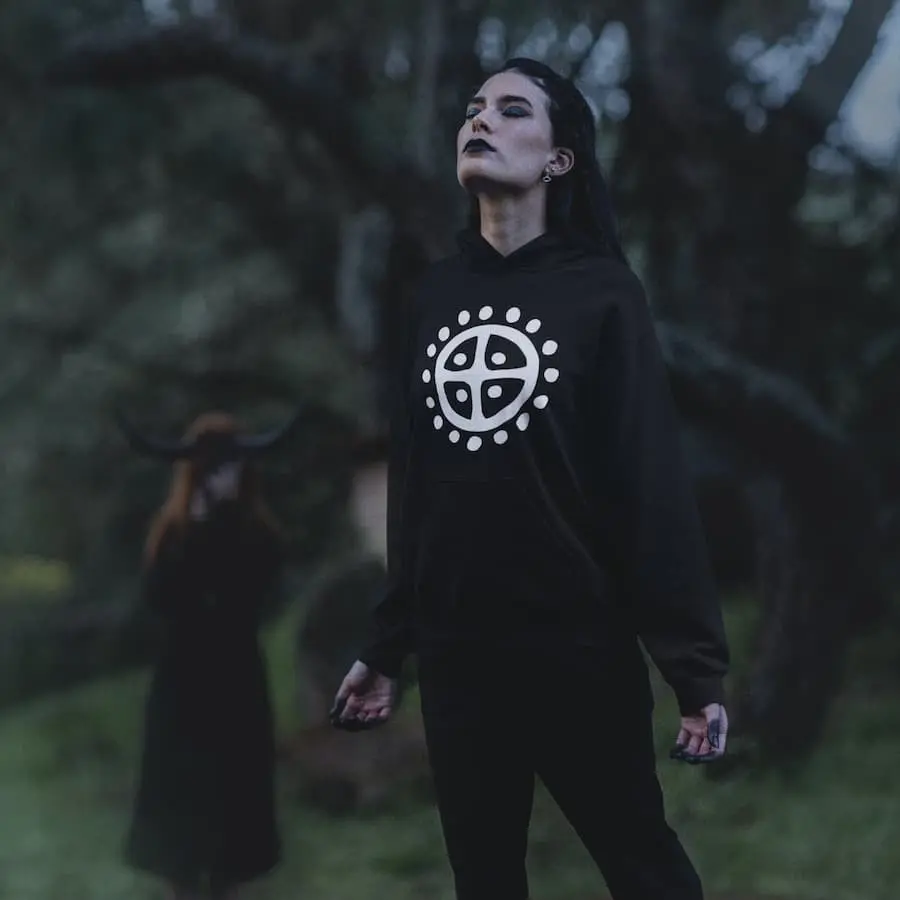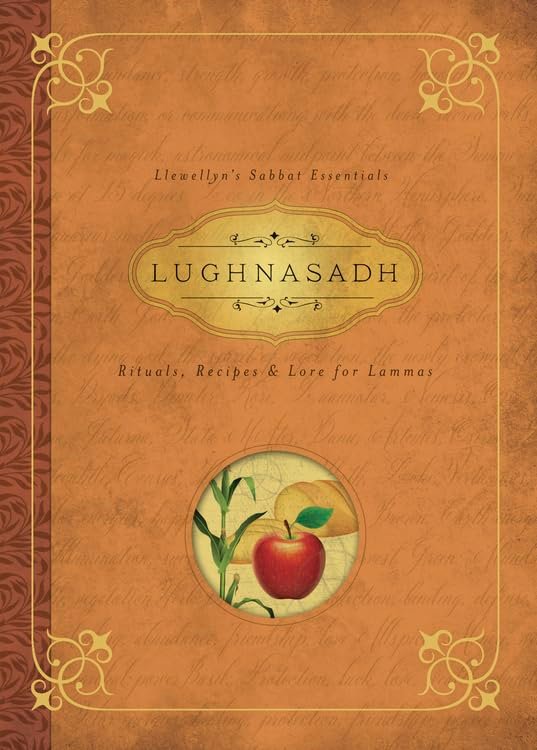Lughnasadh: The First Harvest of the Year
Lughnasadh, Lughnasa or Lammas is one of the eight Celtic holidays and the last of the Summer. In the Northern Hemisphere, it’s celebrated on the 1st of August of the Gregorian Calendar or on the full moon next to this date, as in the Celtic calendar, where the phases of the moon were very important.

The First Harvest – Photo by Kamboopics
What is Lughnasadh?
This festival of Gaelic origins celebrates the beginning of the harvest season and the fruits of all the hard labour done during Spring. But it also generated some bittersweet feelings, as it means the end of the Summer is closer and the days start to get shorter and colder.
All the grain was collected in this season, so bread was the most common food, which was also used as a gift to the gods.

The first bread made with the grain collected was offered to the Gods – Photo by Flo Maderebner
The Origins
This celebration was named after the Sun god and master in all skills: Lugh. He was adopted by Tailtiu, who survived the invasion of the Tuatha Dé Dannann and she was the responsible for the introduction of the agriculture in Ireland, clearing the lands by hand to make way for planting the crops.
Because of this arduous task, she ended up dying of exhaustion and it was then when Lugh started this festival, as a way to commemorate his foster-mother. Apart from the feasts, making of bread and bonfires, there were funeral games in her honour (similar to the Olympic Games) called the Óenach Tailten.
During Lughnasadh, it was very common to celebrate the Trial Marriages (also known as Handfasting), that lasted one year and one day. If the couple was still happy after that period, it could be made permanent, otherwise, it could be broken without any consequences.

Handfasting Ceremony
Modern celebrations
Like many other pagan festivals, Lugnasadh was Christianized and changed its name to Lammas, the Old English term for “loaf mass”, where everybody brought a loaf of bread to church to be blessed. Some of the mountain pilgrimages have survived, but instead of making offerings to the gods, the Catholic Church named them “blessing fields”.
Neopaganism has brought attention to these Celtic festivals too and it is usual to see bread and grain offerings in their altars, as well as craft supplies or something related to one’s skills, to represent Lugh, the many-skilled God.
However you choose to spend Lughnasadh, just remember to enjoy the sunny and warm days while they last!
Learn More About Lughnasadh
(Transparency Disclaimer: this post contains affiliate links from the Amazon Services LLC Associates Program. As an affiliate and Amazon Associate I will earn a small commission from qualifying purchases, at no extra cost for you)




